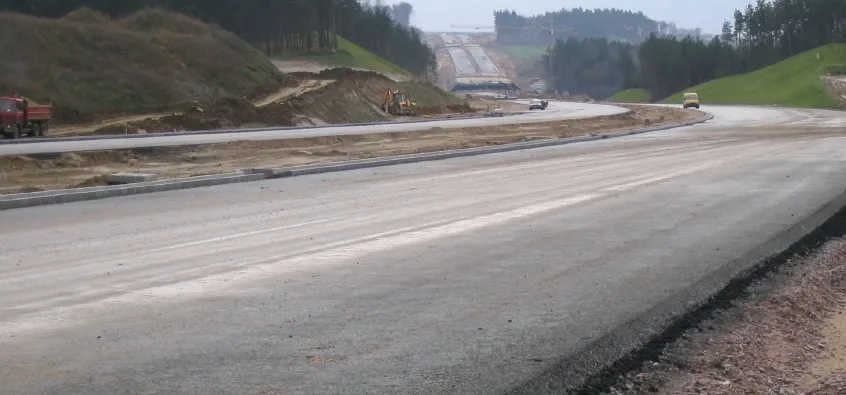The second phase of Slovakia's R1 expressway is now opening to traffic.
March 1, 2012
Read time: 1 min
The second phase of Slovakia's R1 expressway is now opening to traffic. The 8.4km section connects Zarnovica and Sasovske Podhradie. The opening was delayed due to heavy snow in late 2009, followed by high water levels. Flooding of the expressway under construction occurred as the section was not properly protected against flooding from the Hron River, which caused delays. The work was originally expected to cost €103.6 million but is increasing by some 5% due to additional work needed to provide better flood protection.








